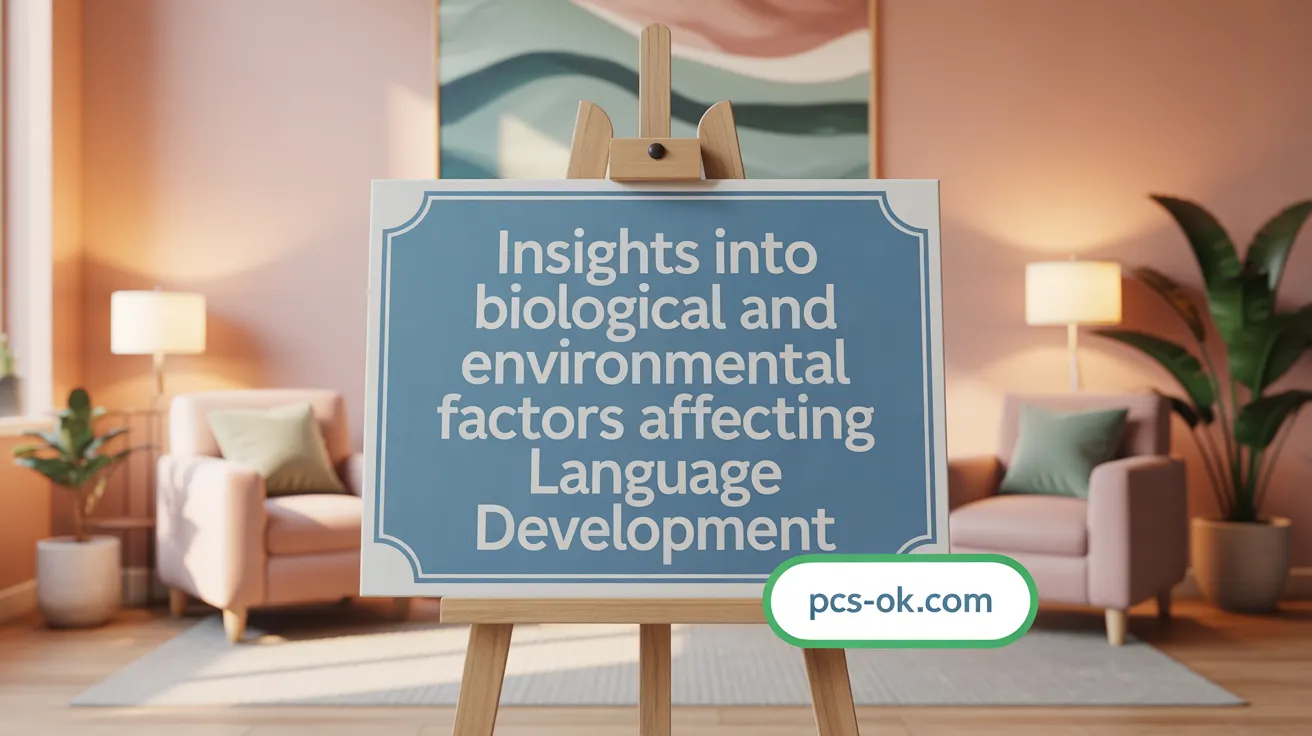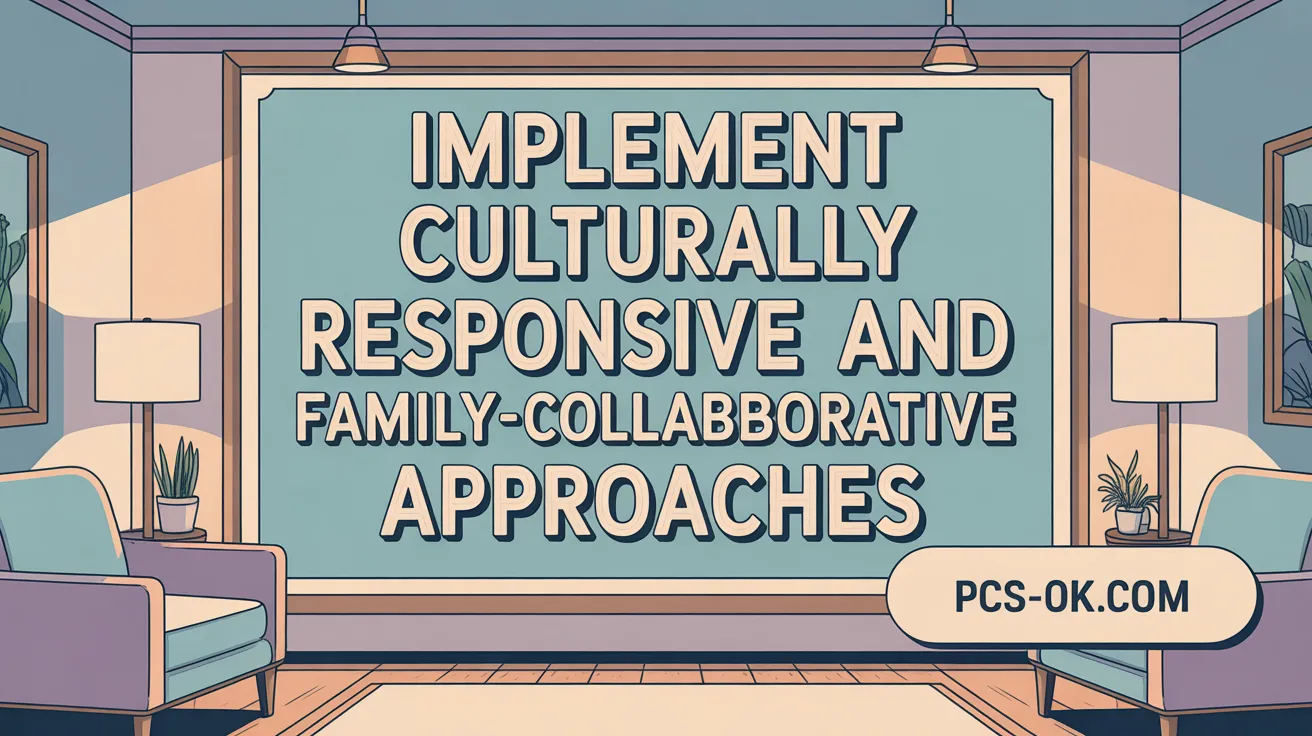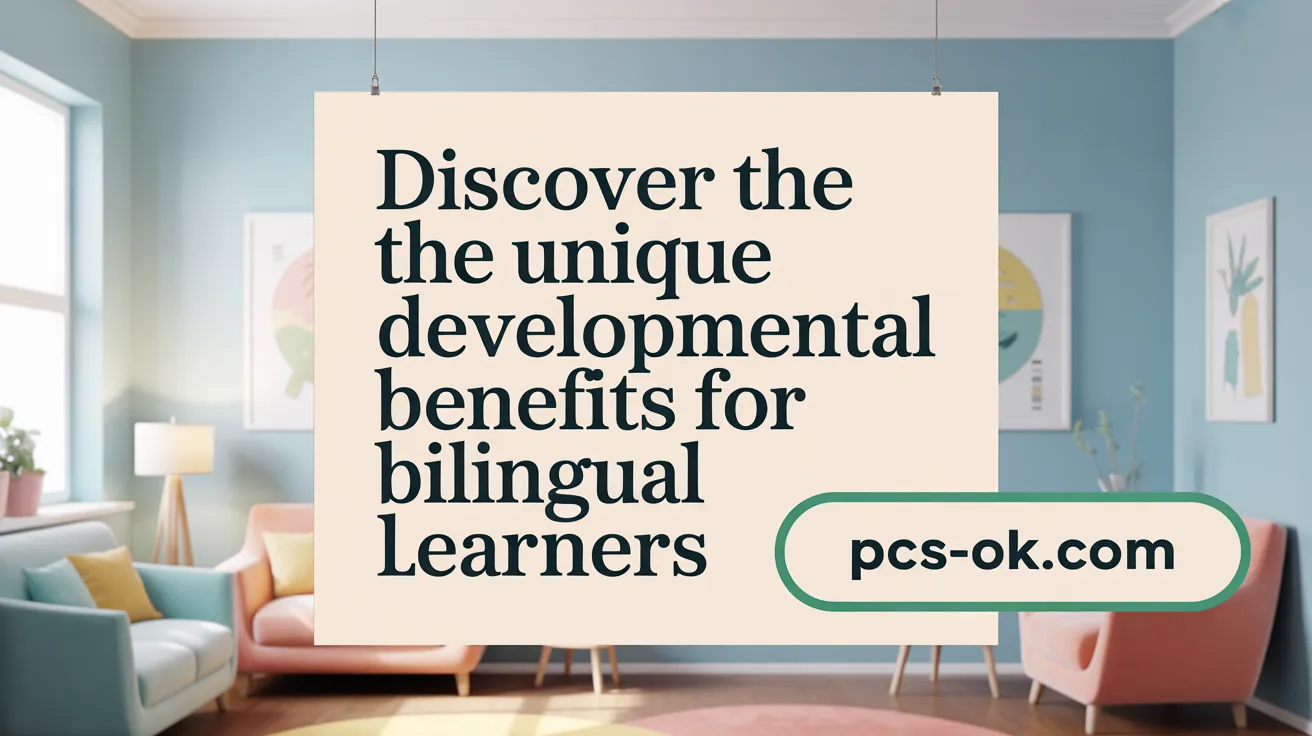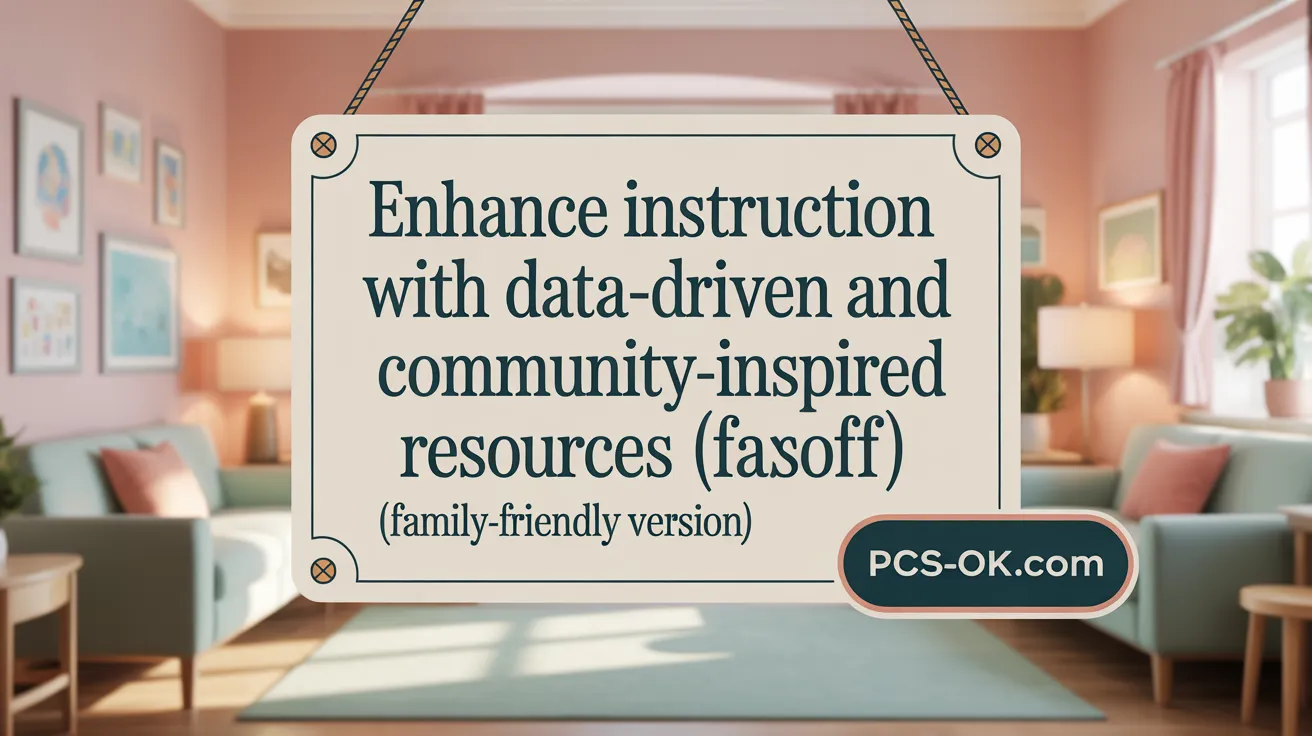Literacy Support for Bilingual Children
Why Literacy Support Matters for Bilingual Children
Bilingual children navigate unique challenges and benefits on their path to literacy. Understanding how language development, cognitive skills, and cultural context interplay offers educators and families powerful tools to foster biliteracy. This article explores key research findings, effective strategies, essential resources, and the developmental advantages bilingualism provides in literacy acquisition to help support bilingual learners thrive.
Foundations and Research Insights on Bilingual Literacy Development

What are the general principles and research findings on the literacy development of bilingual children?
Research shows that bilingual children often develop stronger literacy skills in both languages because of their increased metalinguistic awareness. This awareness includes phonological, morphological, syntactic, and lexical understanding, which helps in transferring skills across languages.
Exposure to multiple languages from birth develops neural connections that lessen the separation between languages in the brain. This early and continuous exposure promotes cross-linguistic transfer, meaning skills learned in one language support learning in the other. As a result, bilingual children tend to excel in phonological awareness tasks and build richer vocabularies faster.
Factors such as socio-economic status, family involvement, and the quality of bilingual education influence literacy outcomes. Educational programs like dual-language immersion help children perform equally or better than their monolingual peers in reading and writing, sometimes even achieving a grade level higher in reading assessments by middle school.
Vocabulary and phonological skills tend to improve over time with ample practice and exposure, contributing to better decoding, comprehension, and spelling. Bilingualism generally provides cognitive advantages, such as enhanced problem-solving and flexible thinking, which support literacy development.
Overall, bilingual children’s literacy skills develop through a mixture of biological development, environmental inputs, and effective instructional approaches. Their ability to transfer literacy skills across languages often results in cognitive and linguistic benefits, sometimes surpassing those of monolingual children.
Effective Strategies and Best Practices for Supporting Bilingual Literacy

What strategies and best practices support literacy development in bilingual or multilingual children?
Supporting literacy growth in bilingual or multilingual children involves several effective strategies. First, scaffolded language support—deliberately building skills in both languages—can boost understanding and confidence. This includes providing access to books, visuals, and activities that bridge their home language and the school language.
Using culturally relevant and diverse texts fosters connection, engagement, and respect for students’ backgrounds. Incorporating visual aids, gestures, and cognates (similar words across languages) helps children recognize patterns, making learning more accessible.
Valuing children’s existing language and cultural identities is vital. Culturally responsive teaching involves storytelling, sharing traditions, and integrating students’ cultural experiences into lessons. This approach promotes a positive self-image and deepens understanding.
Collaborating with families is another essential aspect. Encouraging families to maintain their home language and share literacy resources builds trust. Joint activities such as reading together, language games, and cultural celebrations reinforce learning at home.
Effective instruction also includes utilizing varied practices—small-group work, play-based activities, and peer support—to meet diverse needs. These approaches make learning interactive and personalized.
Consistent, bilingual communication with families about their child’s progress keeps them engaged and allows educators to tailor support effectively. It also helps sustain bilingual development beyond the classroom.
By combining these strategies—scaffolding, cultural responsiveness, family collaboration, multimodal teaching methods, and ongoing communication—educators can create an enriching environment that fosters literacy in both languages, supporting students’ overall academic success and cultural pride.
Power of Bilingual Books and Inclusive Literacy Practices

How do bilingual books and inclusive literacy practices contribute to developing language skills in bilingual children?
Bilingual books are vital tools in nurturing language development among bilingual learners. They expose children to both languages through engaging stories that incorporate rich vocabulary, complex sentence structures, and grammatical patterns. This exposure enhances literacy skills and comprehension in each language by offering meaningful contexts for learning.
Inclusive literacy practices that respect and celebrate a child’s cultural and linguistic background further boost motivation and engagement. When teaching routines acknowledge students’ diverse identities, children are more likely to participate actively and develop a positive attitude towards their language learning journey.
These practices also promote metalinguistic awareness—the ability to reflect on and understand language as a system. This awareness improves phonological and phonemic skills, which are foundational for decoding and spelling.
Culturally responsive approaches encourage empathy and cultural understanding, broadening social awareness. They create an environment where children can see their experiences reflected, fostering a stronger connection to the text and learning.
Overall, bilingual books combined with inclusive teaching strategies contribute to developing linguistic flexibility, cultural competence, and confidence in both languages. This comprehensive approach supports the child’s overall language growth, cognitive development, and sense of identity.
Developmental Advantages and Cognitive Benefits of Bilingualism in Literacy Acquisition

What are the developmental advantages of bilingualism in literacy acquisition?
Bilingualism provides numerous benefits for children learning to read and write in both languages. One major advantage is an increase in metalinguistic awareness, which involves understanding and analyzing language structures like phonology, morphology, syntax, and vocabulary. This heightened awareness allows bilingual children to transfer skills between languages, making it easier for them to grasp new concepts.
Early exposure to two languages also accelerates the development of phonological skills, such as recognizing sounds and phonemes. Research shows that bilingual children often outperform monolingual peers in tasks related to phonological awareness, which is fundamental for decoding words and developing reading fluency.
Vocabulary growth is another significant benefit. Bilingual children tend to build a broader vocabulary in both languages, enhancing their comprehension and literacy capabilities. By middle school, these children often spell more complex words and demonstrate advanced understanding in reading assessments.
The cognitive advantages of bilingualism extend beyond language skills. Bilingual children develop executive functions like attention shifting, problem-solving, and cognitive flexibility. These skills support the management of multiple language systems and contribute to more effective literacy learning.
Creating a language-rich environment provides these developmental benefits. This involves engaging children with books, music, and conversation in both languages, as well as involving families and communities in supporting language use.
Overall, bilingualism fosters a strong foundation for literacy by enhancing phonological processing, expanding vocabulary, and strengthening cognitive skills essential for reading and writing success.
Evidence-Based Approaches and Resources to Foster Biliteracy

What strategies support reading and writing growth in bilingual children?
Effective literacy development in bilingual children relies on various evidence-based methods. Two prominent approaches are dual-language instruction and balanced literacy programs. These strategies integrate both the child’s home language and English, fostering cross-linguistic transfer that accelerates learning.
Explicit phonics and decoding instruction are fundamental. These structured, systematic lessons in phoneme awareness, decoding, and vocabulary align with the science of reading. They build the foundational skills necessary for reading fluency and comprehension in both languages.
To evaluate progress and inform instruction, educators utilize formative assessments that measure skills across both languages. This data helps tailor teaching methods, making sure each child’s unique needs are addressed.
In addition, integrating technology and multimedia resources enriches language experiences. Digital tools, videos, and interactive texts support vocabulary development, comprehension, and engagement.
Finally, family and community partnerships bolster literacy growth. Involving families through activities, cultural sharing, and home literacy practices creates a supportive environment. Schools that foster collaboration with families and community organizations enhance bilingual children’s confidence and motivation.
Overall, combining these approaches—explicit instruction, meaningful experiences, continuous assessment, and community involvement—provides a comprehensive framework for effectively developing literacy skills in bilingual children.
Supporting Lifelong Biliteracy: A Collaborative Journey
The path to literacy success for bilingual children is enriched by a deep understanding of research, strategic instructional practices, inclusive resources, and recognition of bilingualism’s cognitive advantages. With collaboration among educators, families, and communities creating nurturing environments, bilingual learners not only achieve academic excellence but also develop a strong cultural identity and cognitive flexibility that serve them throughout life. Continued investment in evidence-based approaches, culturally responsive teaching, and accessible bilingual materials will ensure that bilingual children receive the support they need to become confident, proficient readers and writers in multiple languages, unlocking a world of opportunity and connection.
References
- How Bilingual Children Learn to Read
- How Bilingualism Enhances Literacy Skills in Young …
- Reading Tips for Bilingual Families | NEA
- Learning More Than One Language
- Ways to Support Multilingual Learners
- Bilingualism and Development of Literacy in Children
- Encouraging Writing Development for Emergent Bilingual …
- Early Literacy for Multilingual Learners: Cross Cutting Ideas
- Bilingualism and Development of Literacy in Children
- The Language and Literacy Development of Young Dual …
